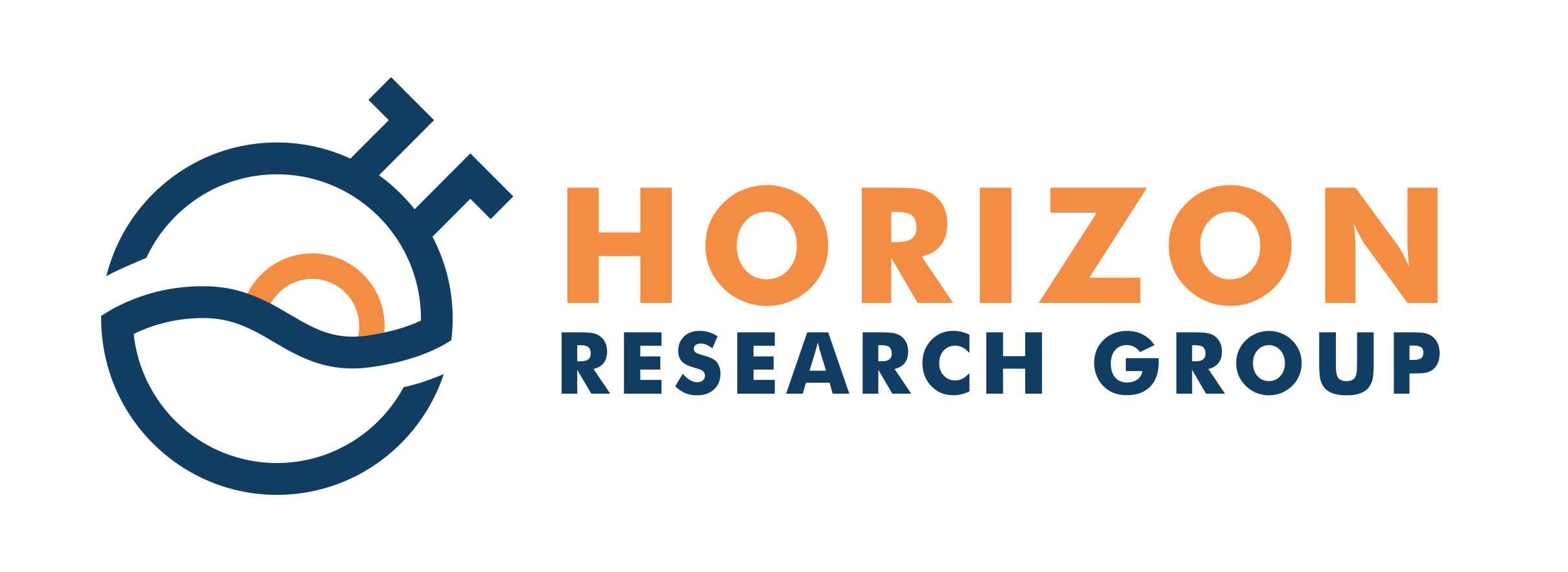Clinical research trials are experimental testings to evaluate investigational drugs and treatments. A new investigational drug or treatment must be proven to be both safe and effective in order to be considered for approval by the U.S. Food and Drug Administration (FDA). A carefully monitored clinical research trial is the best way to discover if a new treatment is safe or even more effective than approved medications already on the market. Phase I trials are the first step in testing a new drug or treatment in humans. These trials are performed after extensive testing in animals with satisfactory safety results that provide answers to the best treatment options. A team of professional research staff carefully monitors to prevent harmful side effects and other possible risks. Phase II trials are larger studies that continue to test the safety and effectiveness of a new drug or treatment in a larger number of volunteers, generally comparing the product with a ‘placebo’ or ‘blank’ treatment.
This is done in a ‘blinded’ and ‘randomized’ manner in which neither the physician nor patient knows which product is being administered. Phase III trials are larger and longer studies that are done when the new drug proved effectiveness in Phase II studies. Phase III trials are the final steps toward approval of a new drug or treatment by the FDA. Phase III trials are usually ‘blinded’ and ‘randomized’. Participants agree to be randomly selected, meaning they are assigned by chance to one group or another in the research study. Phase IV trials involve drugs or treatments that are already approved by the FDA. These studies are performed for a variety of reasons which may include addressing different doses, regimens, applying to different medical conditions, or comparative studies for generic approvals.

